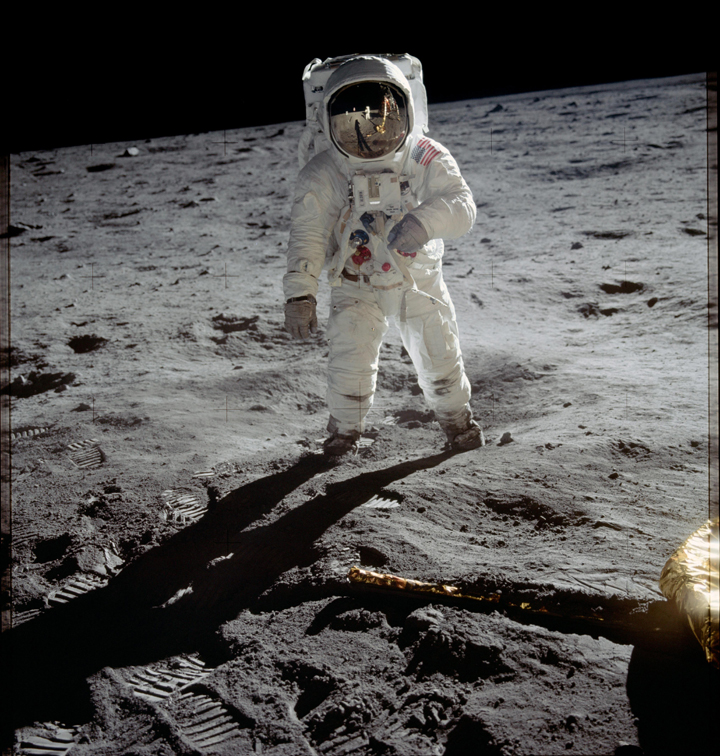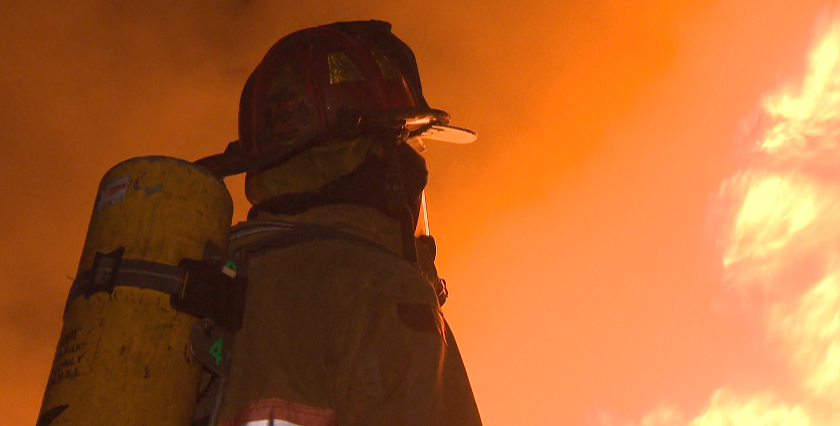TORONTO – Monday marks the 46th anniversary of the Apollo 11 moon landing. While the landing — and the subsequent missions — was a feat to be marvelled, they gave us more than just something to be proud of. Here’s a look at some innovations that came out of the Apollo missions.

1. Running shoes
Those moon boots looked pretty comfy as Neil Armstrong and Buzz Aldrin bounced around on the moon.
READ MORE: Kickstarter launched to save Neil Armstrong’s moonwalk spacesuit
The material used in the moon boot helped improve those running shoes you don when you go out for a jog. Al Gross, a NASA Apollo program engineer substituted DuPont’s plastic that was being used with foam materials. This helped to reduce the loss of cushioning that would happen inevitably over time. Not only that, but an external shell and special molding that was taken from spacesuit technology was also implemented. One giant leap, indeed.
2. Cordless drills
When you’re in space, there aren’t any electrical outlets you can plug into, so of course, NASA has to come up with a way of providing tools to its astronauts.
Black & Decker utilized NASA’s cordless inventions and developed the lightweight battery-powered tools for surgeons. From there they developed battery-powered drills, screwdrivers and other power tools we enjoy today. A blessing for any DIYer.
3. Fireproof material

Get breaking National news
In 1967, three astronauts died in a fire in Apollo 1 on the launch pad. Following the accident, NASA wanted to find ways of protecting its astronauts from fire hazards. Out of that, Monsanto developed a chemically treated fabric that doesn’t burn.
Even the face-mask, harness, and air bottle used by firefighters have been influenced by NASA’s Apollo program, as they now employ aluminum composite material to make them lightweight.
4. Cordless vacuums
Again, you can thank Black & Decker for this.
Apollo astronauts needed to dig about 10 feet below the lunar surface to collect core samples. Black & Decker developed a special computer program that helped increase the drill’s effectiveness while at the same time minimizing power use. Eventually, this technology led to the development of the Dustbuster, that cordless handheld vacuum clear.
READ MORE: Neil Armstrong’s widow finds treasure trove of Apollo artifacts in closet
5. Spaceage fabric
When you look at the lunar lander, it seems like it’s covered in nothing more than gold-coloured aluminum foil. Well, it actually was. The aluminum foil was laid over Mylar and protected astronauts and the spacecraft’s instruments from radiation.
Today, that same material is used as insulation for cars, homes and even food. If you’re an outdoorsy person, those puffy thermal vests and jackets are made from that same material.






Comments